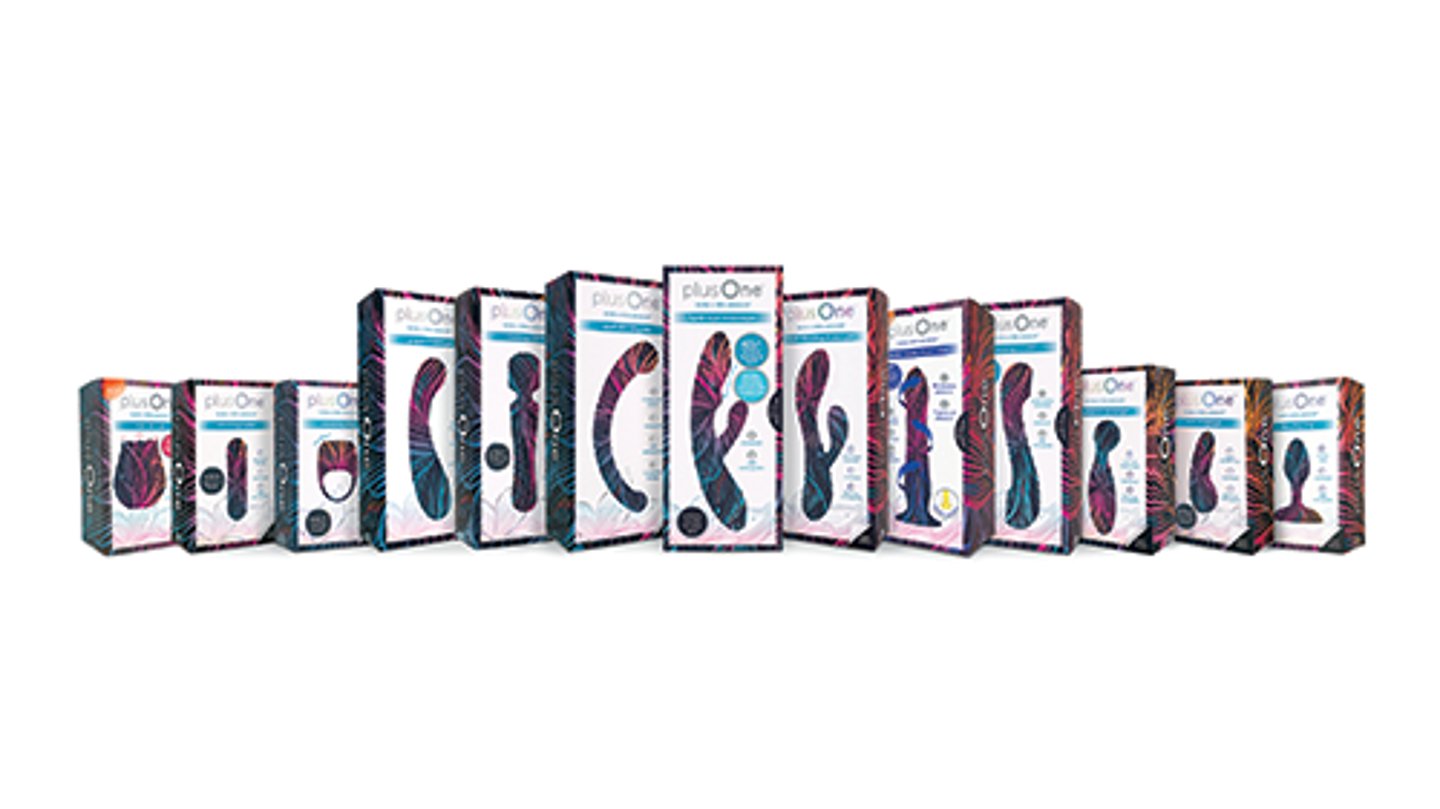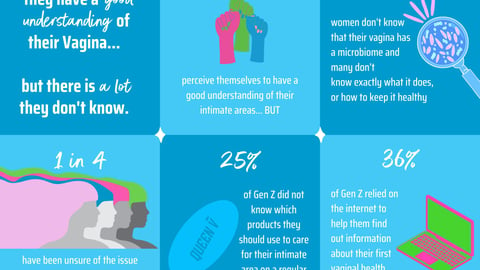Under lock and key
May I please see that item?” is not a question many shoppers seeking sexual wellness products want to ask. But with more retail locations locking up these products, consumers can choose embarrassment and hunt down hard-to-find sales associates or they can shop elsewhere—or online.
While locked products deter theft, they also deter sales in this highly sensitive category. According to an article in Fortune, sales can decline 15% to 25%when merchandise is locked. For sexual wellness items, the figure is likely higher. As for inconvenience, a test conducted by The San Francisco Standard found shoppers had to wait anywhere from 15 seconds to three minutes, 20 seconds for a salesperson to unlock merchandise. The locking tactic also reduces impulse purchasing. Industry experts estimate that up to 30% of retail locations lock sexual wellness products.
Some high-ticket items and store locations do have high shrink risks. But generally, experts believe locking many sexual wellness items is unnecessary.
“Certain stores benefit from locking products,” said Jeff Garlow, president of New York-based Satisfyer, supplier of vibrators, massagers and other “toys” along with personalized, compatible apps. “But generally, it’s more of a sales deterrent than a protective measure. It’s a pretty private purchase. Often, if consumers don’t have ready access, they’re too embarrassed to find someone to open the case.”
[Read more: A new era in feminine care]
Carol Carrozza, VP of marketing for condom supplier Okamoto in Floram, N.J., believes margins and sell-through generated in self-serve environments outweigh any losses incurred from theft. “Numbers still don’t make sense when you lock it up,” she added. “It’s not like AA batteries. It’s so sensitive [that] consumers will go elsewhere.”
This is often true among shy teens and young adults, who may lack transportation and have only one store within walking distance. Locking up condoms increases vulnerability to unwanted pregnancies and STDs. “We market to millennials and Gen Z,” said Carrozza. “People aren’t talking to them about sexually transmitted infections. Today, we have the world’s highest rate of STDs.” Putting products behind glass also makes it difficult to read labels and view items. Unlike other categories, sexual wellness does not lend itself to eye-popping, supplier-sponsored displays and huge signage. “Inability to read labels is very prohibitive,” said Garlow. “It’s challenging to get the message out.”
This is particularly true of “toys,” whose suggested uses and configurations must be understood if consumers are going to shell out up to $100 for some items. “It requires education and research for people to decide what’s right for them,” said Lisa Tanzer, CEO of Beacon Wellness Products (formerly Clio), marketer of kegel trainers, vibrators and other pleasure devices.
Shrink is a huge problem for higher-priced items, which Tanzer believes are often re-sold online. “How do we prevent shrink but not impede purchasing?” she added.
Locking sexual wellness merchandise also stymies competition with e-commerce, which represents 55% of category revenue and is the fastest growing channel, indicated Vision Research Reports. “Stores need to compete with Amazon and other online retailers,” said Michael Trigg, founder, CEO of Trigg Laboratories, which markets lubricants. Trigg said he has not seen any retailers lock products across all doors. “It’s location-specific based upon region, store size and demographics,” he added.
Potential Solutions
Retailers and suppliers are employing various methods to deter theft and improve POP education. Not all have been successful. Trigg, for one, has tried offering a shrink allowance to “move our product from behind glass,” said the CEO. “Often, we’re unsuccessful as it’s a category decision.”
Lowe’s, Kroger, Safeway, Family Dollar and U.K.- based Sainsbury have experimented with Indyme’s Freedom Case technology across various categories.
Customers sign up with their mobile numbers and receive a custom PIN to access a locked shelf. But when Sainsbury made its loyalty program part of the process, shoppers complained there were too many steps.
[Read more: Retail pharmacies address challenges around health equity]
Okamoto is placing source tags inside condom boxes. If people try to pilfer items, sensors go off. The downside is that sensors increase prices by about 10%. “We’ve been asked to do it to reduce loss,” said Carrozza.
With “toys,” she suggests using a window box so shoppers can view items. “People may not be well educated about them,” she added. Beacon is using more QR codes and product videos. “They must be able to read the box,” said Tanzer.
“These are things you can do on the shelf. If they must ask someone to retrieve products, they’ve already compared them.” But Trigg cautions that locked cabinets or internal shelving can block or hinder ability to read and scan QR codes.
Satisfyer spends time engaging shoppers outside the store social media and by contributing to articles in consumer publications. Emphasis is on psychological benefits of sexual wellness and potential uses of its toys. “Much outreach comes from media partners,” said Megwyn White, director of education. “We’re a resource for different types of sexual wellness questions. Sexual health facilitates sleep, improves the immune system and overall mental health.” Satisfyer also is exploring QR codes.
She cited a January article in Benches highlighting Satisfyer’s finger vibrators. “I was able to discuss erogenous zones that are generally missed. People often don’t know anatomy and it’s a barrier to entry. These connections help.” It is hard to say if retailers will continue to augment the number of locations where products are locked. “You can understand retailers not wanting to lose money,” said Tanzer. “Shrink is growing. But you don’t want to keep the category from people. We bring this up with retailers all the time.”
Sexual Wellness Continues Growing
The U.S. market for sexual wellness products continues growing, with U.S. retail sales reaching about $12 billion in 2023, up almost a billion dollars from 2022.
The momentum should continue, with Vision Research Reports predicting sales of more than $23 billion by 2032. E-commerce comprises the lion’s share of sales and is experiencing the fastest growth. At the same time, big box retailers are devoting more shelf space to the category and are increasing revenue. In products, sex toys (84%) dominated sales, partly due to some higher price points. And personal lubricants are expected to experience the highest CAGR during the forecast period.
Source: VisionResearchReports.com







